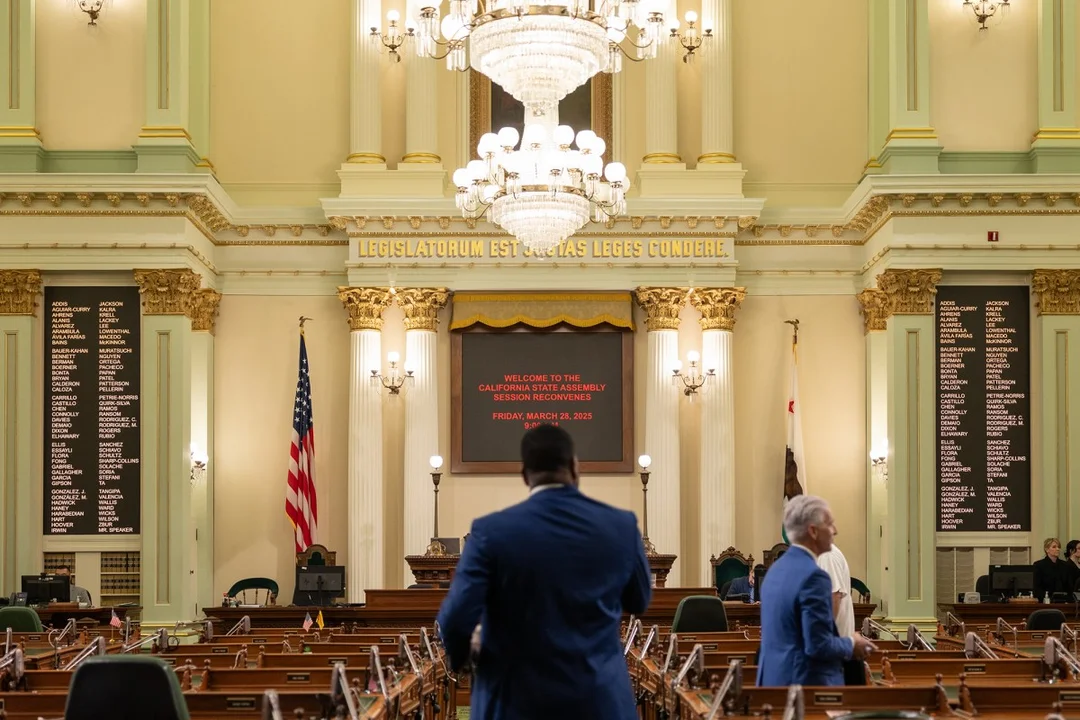
Can California Weather the Budget Storm Without Sacrificing Essential Services?
In the face of mounting economic pressures and federal uncertainties, California is at a crossroads, grappling with how to safeguard its budget while protecting vital services for its residents. As state leaders prepare for critical negotiations, the potential for a multi-billion-dollar shortfall looms large, raising questions about fiscal resilience in an era of political turbulence.
Recent reports from the Legislative Analyst’s Office (LAO) paint a stark picture of a stagnant and fragile economy, marked by job losses, declining consumer spending, and an overheated stock market. California has seen no net job growth in 2025, with private sector layoffs outpacing gains in taxpayer-funded employment. This economic slowdown is exacerbated by federal policies, including tariffs and potential cuts to programs like Medicaid and food stamps. As Chris Hoene, executive director of the California Budget & Policy Center, argues in a recent opinion piece, “Scaling back social supports during economic uncertainty only worsens inequality.” His commentary urges state leaders to prioritize people over politics, drawing lessons from other states that have taken bold steps to raise revenues from high earners.

Governor Gavin Newsom’s upcoming May budget revision is expected to reveal a deficit exceeding $10 billion, influenced by factors like reduced tax receipts and inflation driven by federal actions. Assemblymember Marc Berman, a Bay Area Democrat, bluntly stated, “We were doing really well a couple months ago, and then Donald Trump and Elon Musk took a chainsaw to our economy.” This sentiment echoes across the state, where lawmakers are bracing for the worst. In contrast, states like Minnesota, New Mexico, and Washington have implemented innovative measures to bolster their budgets. Minnesota’s Protect Medicaid, Not Millionaires Act, for instance, proposes taxing millionaires to offset potential federal cuts, ensuring access to health care. Washington state has raised taxes on high earners and businesses to balance its books, offering a blueprint for California to enhance revenue without deep service cuts.
Analysis shows that California’s progressive tax system, heavily reliant on capital gains, makes it vulnerable to economic swings. Hoene suggests closing corporate tax loopholes and making the system fairer could generate necessary funds. However, with federal threats like resumed student loan payments and potential Medicaid shifts, the state risks deepening inequality if it fails to act decisively. These comparisons highlight a missed opportunity for California to lead, as other states demonstrate that courageous fiscal policies can protect vulnerable populations.

As budget talks intensify, the decisions made in Sacramento could define California’s path forward. Will leaders opt to defend social programs or preserve tax breaks for the wealthy? This moment tests the state’s commitment to equity amid national challenges.
In summary, California’s budget dilemma underscores the broader struggle between economic stability and social responsibility. What strategies do you think could help the state navigate this crisis? Share your thoughts in the comments below and spread the word to spark a conversation on how we can build a more resilient future.